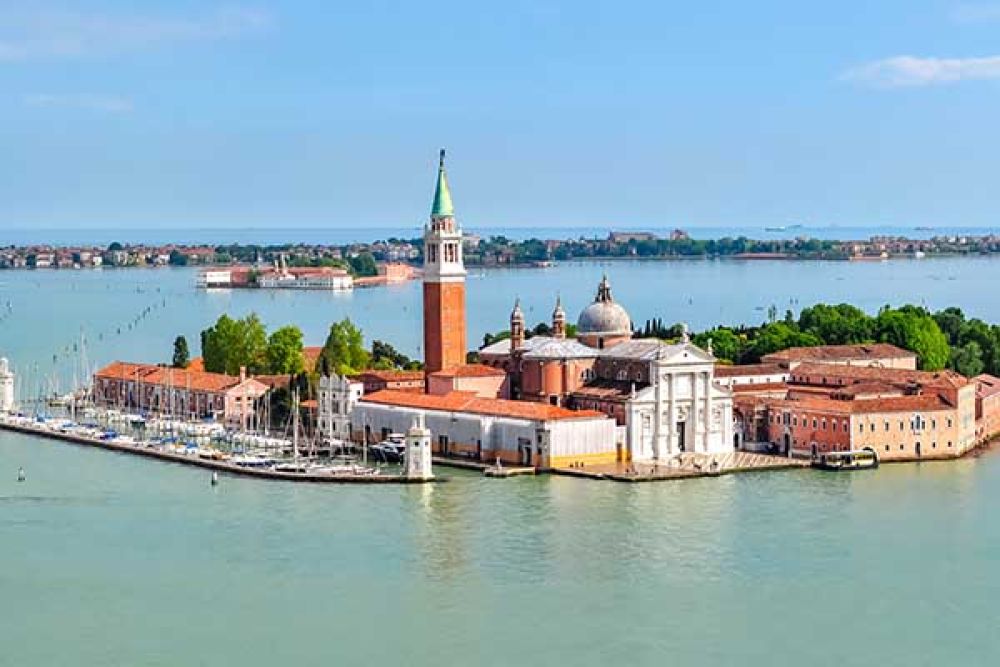

San Giorgio Maggiore has stood the test of time, beckoning travelers with its serene charm and architectural grandeur. As a part of the stunning cityscape of Venice, it has a rich history that is intertwined with that of the city itself, which has been a coveted destination for cultural and leisure tourism for centuries.
The history of tourism in Venice, and consequently at San Giorgio Maggiore, began to flourish with the advent of the Grand Tour in the 17th and 18th centuries. This was an era when the European elite and intellectuals embarked on long trips across the continent with Venice often being a highlight due to its unique blend of culture, architecture, and art.
The island of San Giorgio Maggiore gained prominence among travelers for hosting the Church of San Giorgio Maggiore, a masterpiece of Renaissance architecture designed by Andrea Palladio. With its stunning façade and majestic interior, the church has long been a point of interest for artists, architects, scholars, and tourists alike.
As travel became more accessible in the 20th century, Venice's appeal expanded to a broader audience. San Giorgio Maggiore, accessible by a short vaporetto ride, evolved into a tranquil escape from the bustling streets of the main city. It offered a unique viewpoint for one of Venice's most magnificent panoramas, captivating visitors with the chance to see the city from its bell tower.
In recent times, San Giorgio Maggiore has not only remained a place of historical and architectural significance but also morphed into a hub for contemporary art and culture. The Fondazione Giorgio Cini, with its vibrant cultural programs and art exhibitions, continues to draw a new wave of tourism eager to explore beyond the traditional Venetian itinerary.
Today, Venice welcomes approximately 20 to 30 million tourists annually, with San Giorgio Maggiore remaining a beloved jewel in its tourism crown. However, challenges such as overtourism and the need for sustainable tourism practices are shaping how islands like San Giorgio Maggiore are promoted and preserved for future generations.
Responding to global trends, Venice, and consequently, San Giorgio Maggiore, are focused on creating a sustainable tourism model. Efforts to control the number of visitors, promote off-peak travel, and conserve the island's architectural and ecological integrity are the need of the hour.